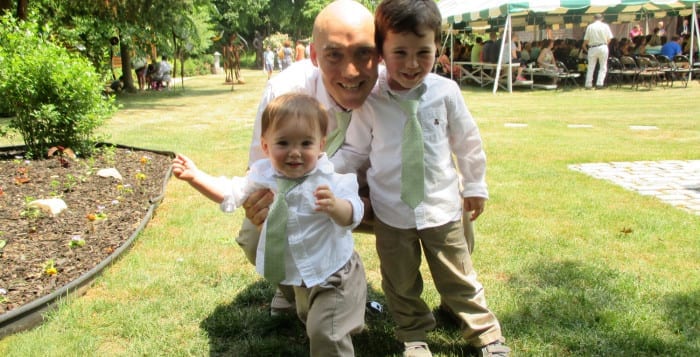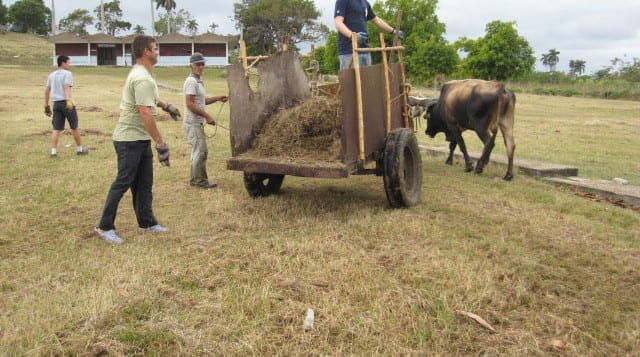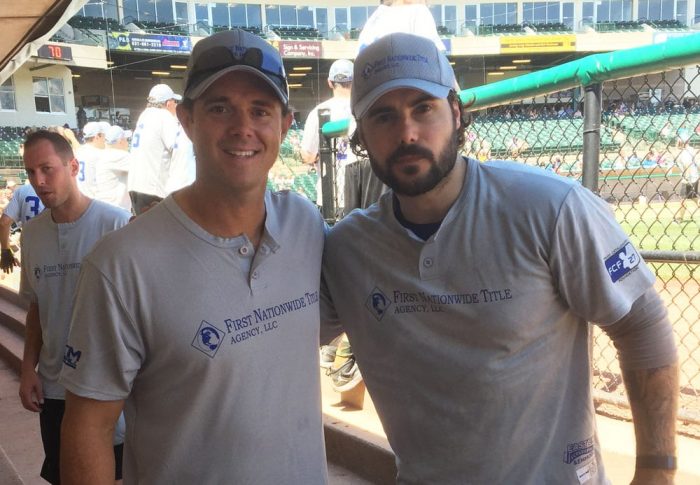By Stacy Santini
Most of us can look back on our lives and remember one person who impacted our journeys in such a profound manner that they will never be forgotten and their influence comes alive over and over again as we carry on with our daily activities.
For the pupils at Mount Sinai Middle School, that person is certain to be Karl O’Leary. An English teacher fascinated with poetry since the age of 7, O’Leary holds close the teachings of Walt Whitman and is dedicated to cultivating enthusiasm for life and thinking way outside the enclave of his classroom.

Coaching his students to take life on he says, “It is good to experience life and go beyond the boundaries; school is not just within four walls but about challenging themselves not for a grade but who they are, who they want to be.” O’Leary knew rather early that he couldn’t just preach this Whitmanesque philosophy. He had to and wanted to live it, to be tangible proof of his convictions. He embraces the simple life and dwells among nature as often as possible, albeit hiking Long Island’s Paumanok Path or camping for several weeks in rural New Hampshire with his family.
O’Leary is committed to the poet he admires so much by seeing, observing and listening, finding simplicity in a noisy world. He also involves his students in the numerous workshops and activities The Whitman Association offers at Whitman’s Birthplace in Huntington, encouraging fundraising and giving back.
O’Leary has published a book of poetry entitled “Testimonial Tales,” which is an ode to his wife Melanie. Meeting her through a friend, it quickly became apparent that she was “the one.” As with so many other enchanted lovers, O’Leary states, “When you know you just know.” Filling a small bed and breakfast in Cape Cod with immediate family members, they quietly exchanged their vows and began building a life together in the Village of Belle Terre. They started a family and today have two children, ages 3½ years old and 15 months.

The collection of poems documents their lives together — milestones, relationship transitions and daily rituals. The message is simple but strong and unalterably beautiful. O’Leary wrote Melanie a poem every week since their courtship and felt it was time to share his sentiments with the rest of the world. When he is asked specifically why he decided to publish the book, he boldly states, “For one, Melanie deserves it, my wife is everything, and two, I tell my students to be proud of their work and get it out there in the world. How could I tell them those things if I did not do the same?”
O’Leary’s goal for the future is to certainly write more, and he is eager to put together another collection with poems and prose he has written over the years. For him, publishing his work is not about fame or money but to fulfill himself, to look back and be content with himself that he did indeed try. Give of yourself, celebrate yourself were essential themes for Whitman and apparently for Karl O’Leary too. Students pay attention.
‘Testimonial Tales’ by Karl O’Leary is available at Barnes and Noble stores and at www.amazon.com.















